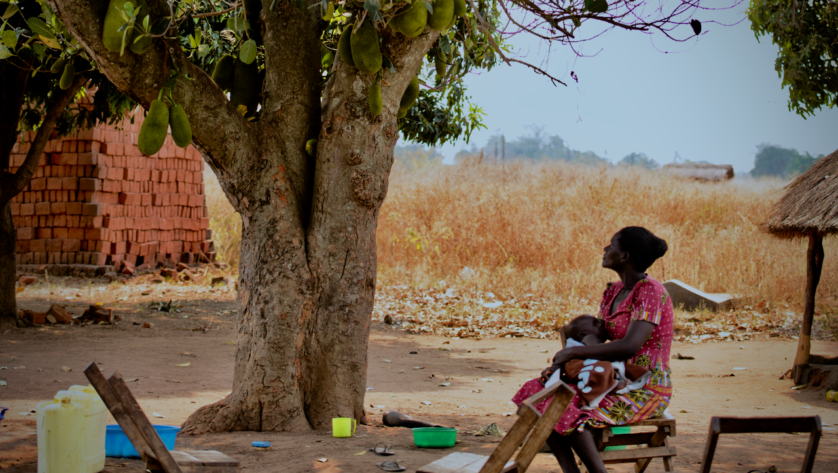Unathi Oscar Kweyi lost his father in a fire in Khayelitsha township, an informal settlement near Cape Town, South Africa. “It was very, very painful for me to lose my father in that kind of tragedy,” he says. “Fire kills. Fire is very, very dangerous.”
He is now a volunteer with the South African Red Cross Society, working with a community-based emergency response team to fight fires, manage disasters and deliver first aid. “If we can educate people about the danger of fire, it can reduce and minimize the death rate,” says Kweyi, who was trained for these tasks as part of the Fire Sensors for Safer Urban Communities Initiative, a collaborative programme of the American Red Cross, the South African Red Cross and the Kenya Red Cross Societies.
This initiative is centred around two informal settlements, Khayelitsha, on the outskirts of Cape Town , South Africa and home to roughly 400,000 residents, and Mukuru, in Nairobi, Kenya, with some 250,000 inhabitants.
In informal settlements such as these, fire is a leading safety concern. People live in neighbourhoods of densely packed, makeshift shacks separated only by narrow alleys. Houses are built of wood, cardboard and corrugated tin, so fire spreads quickly, destroying entire communities in a matter of minutes. The areas are difficult to access and help is often delayed by the lack of proper infrastructure.
“It’s important to understand the impact of fires in urban informal settlements, particularly how unreported they are,” says Everlyne Wangema, project officer for the Kenya Red Cross Society’s disaster management department. “The general causes are illegal electricity connection, household cooking, lighting and water heating methods, and sometimes arson.”
On the surface, the project seems quite straightforward: to install fire sensors in homes and other buildings to provide faster warning while also helping to develop the means to prevent and respond to fires. But this project is about much more: it is deeply rooted in community participation. The end users have been involved at every stage, from project planning to design and implementation.
Set up as part of a wider American Red Cross initiative called the Global Dialogue on Emerging Technology for Emerging Needs, the fire-sensor projects began after community members in the two settlements were asked to identify the risks they considered most critical to their well-being and safety.
“This is an innovation process led by local communities,” claims Abi Weaver, director of the American Red Cross’s Global Technology Initiative. “They are choosing which technologies they want to use. They are choosing how they are used and who uses them.
“With the fire-sensor project, that means working through a participatory design and innovation process with community members living in the settlements,” she adds. “We had to force ourselves not to make assumptions on behalf of the community nor let our opinions and the potential we see drive the decisions. The communities are the most knowledgeable about the problems and about what will work in the long run.”
 Red Cross Red Crescent magazine
Red Cross Red Crescent magazine 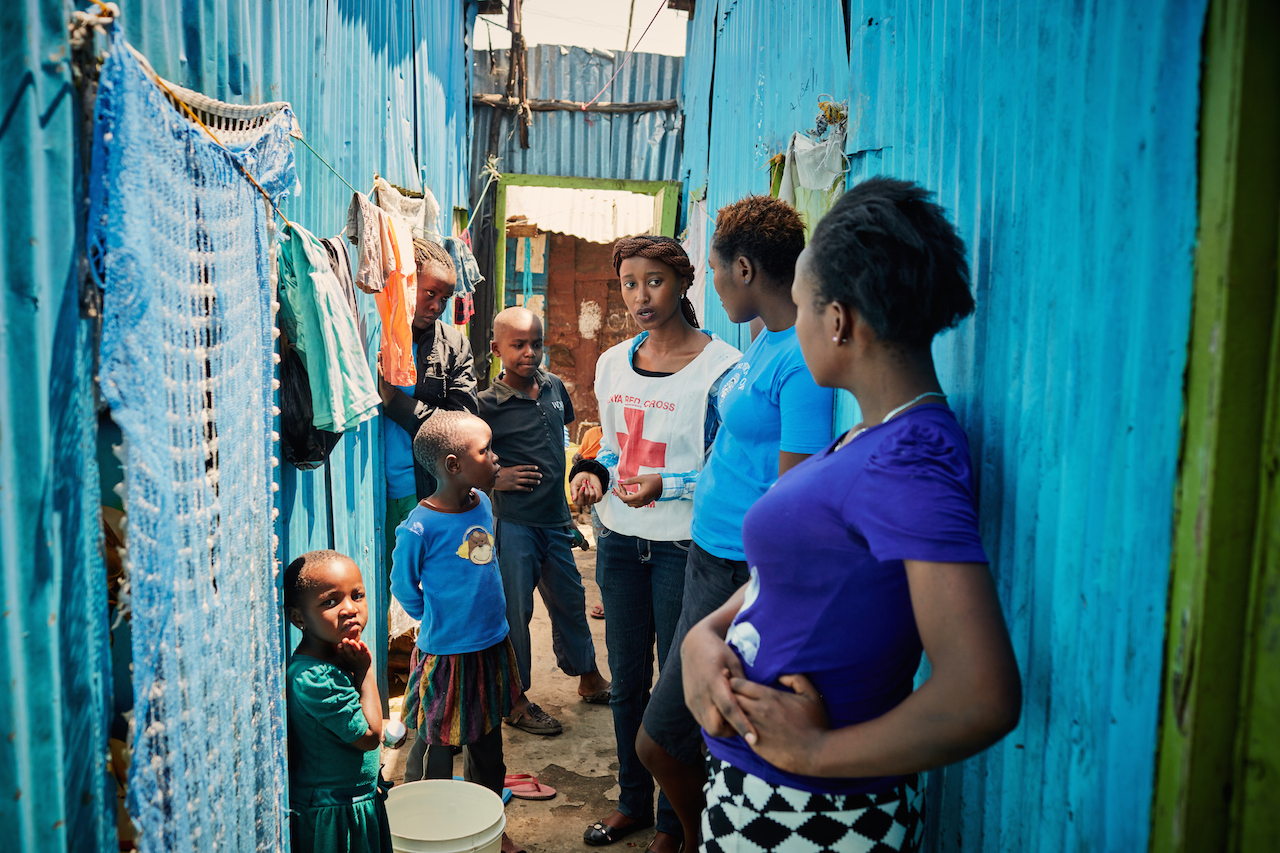
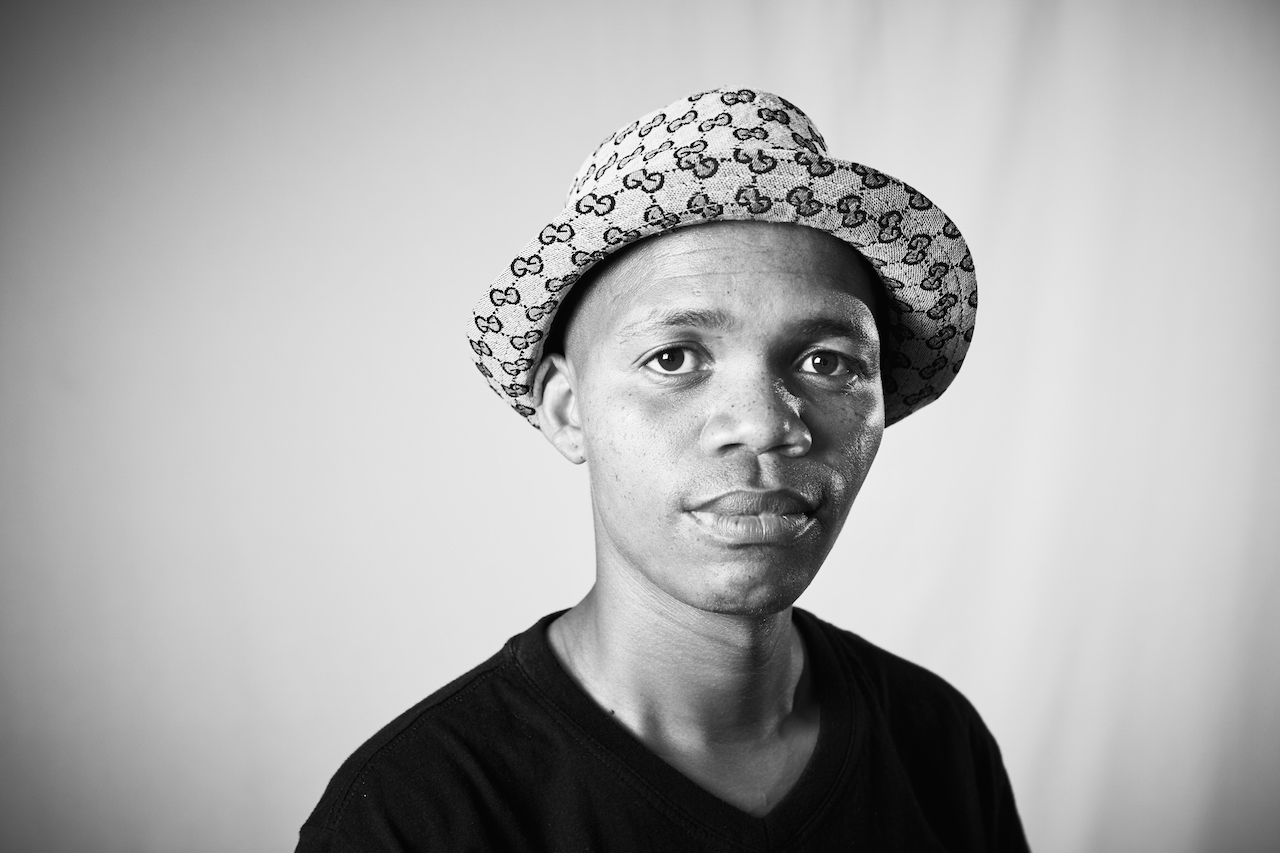
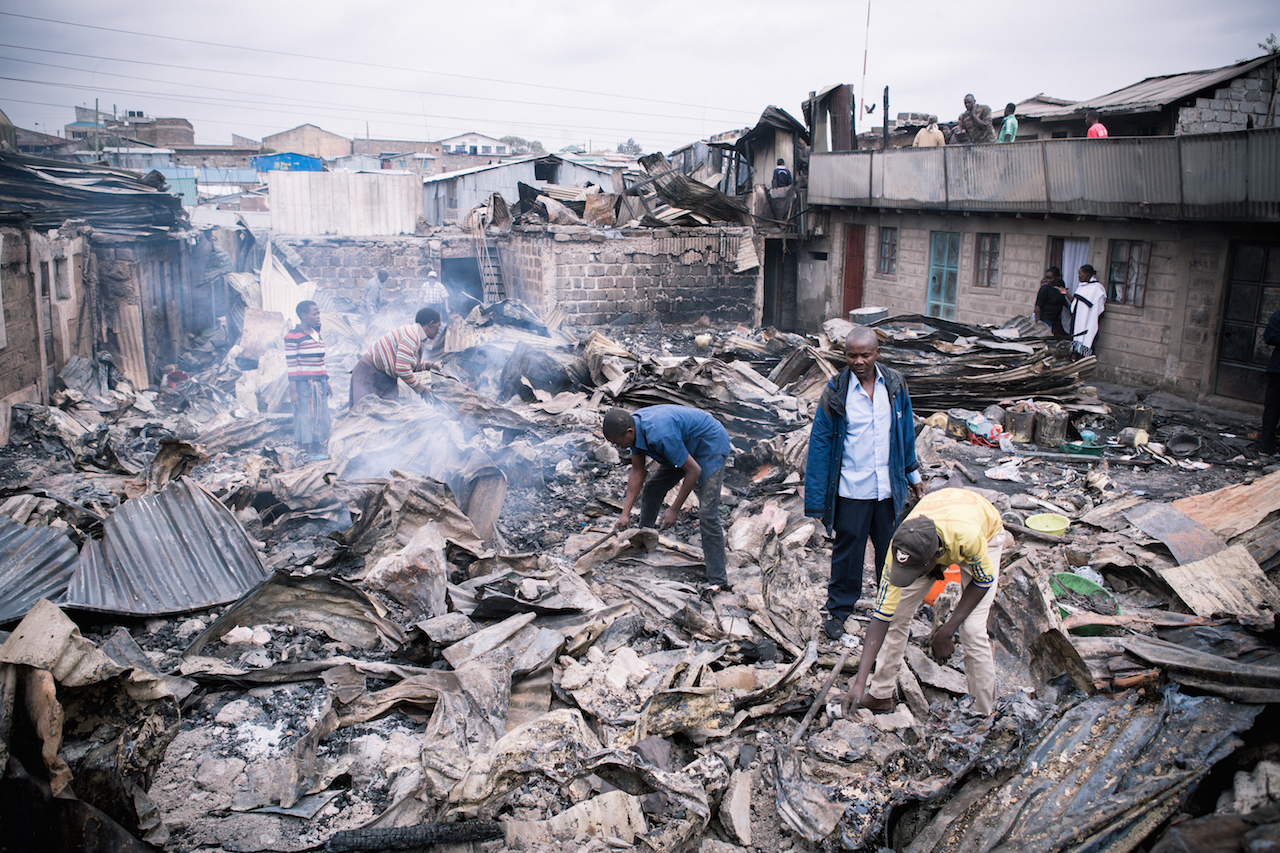
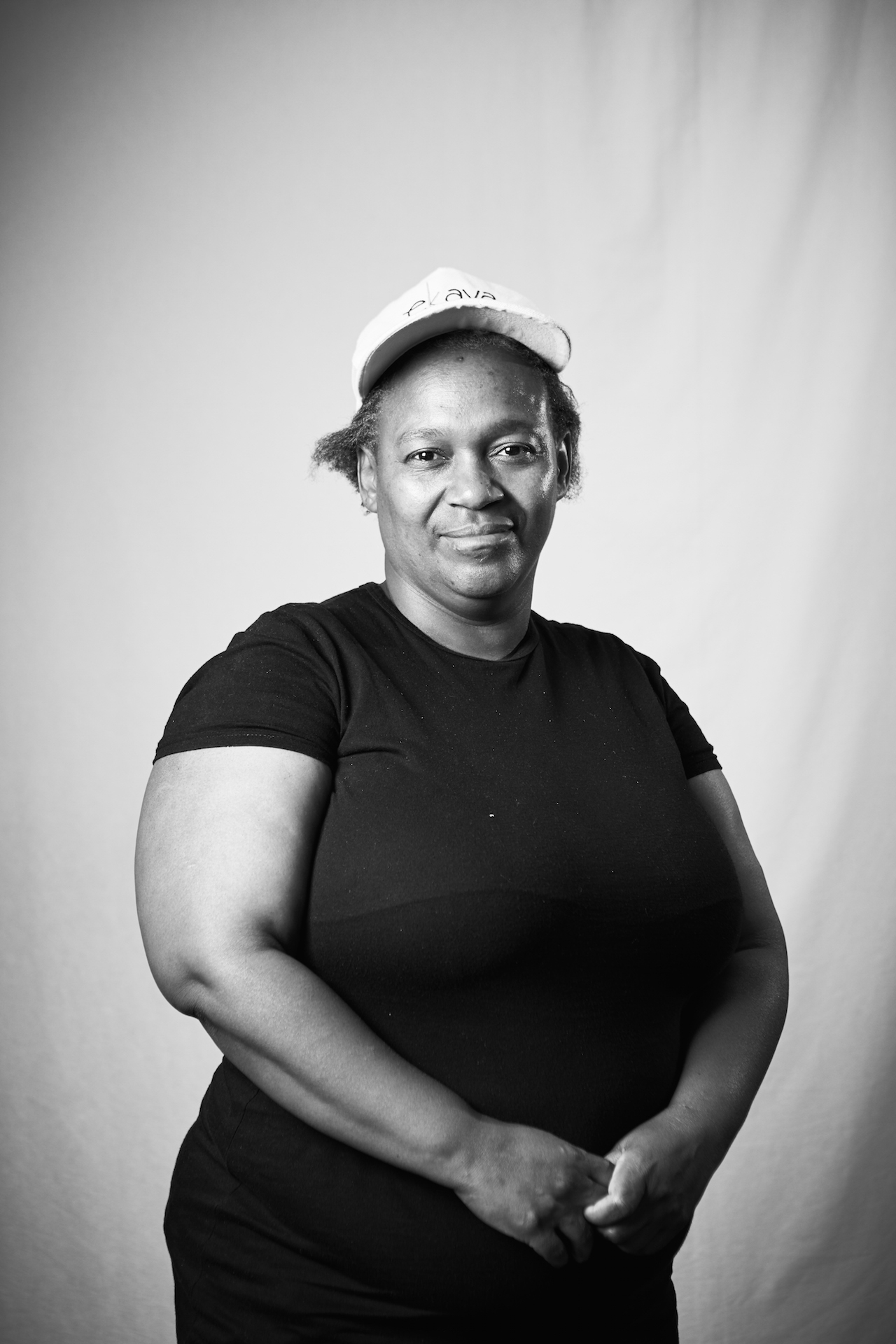

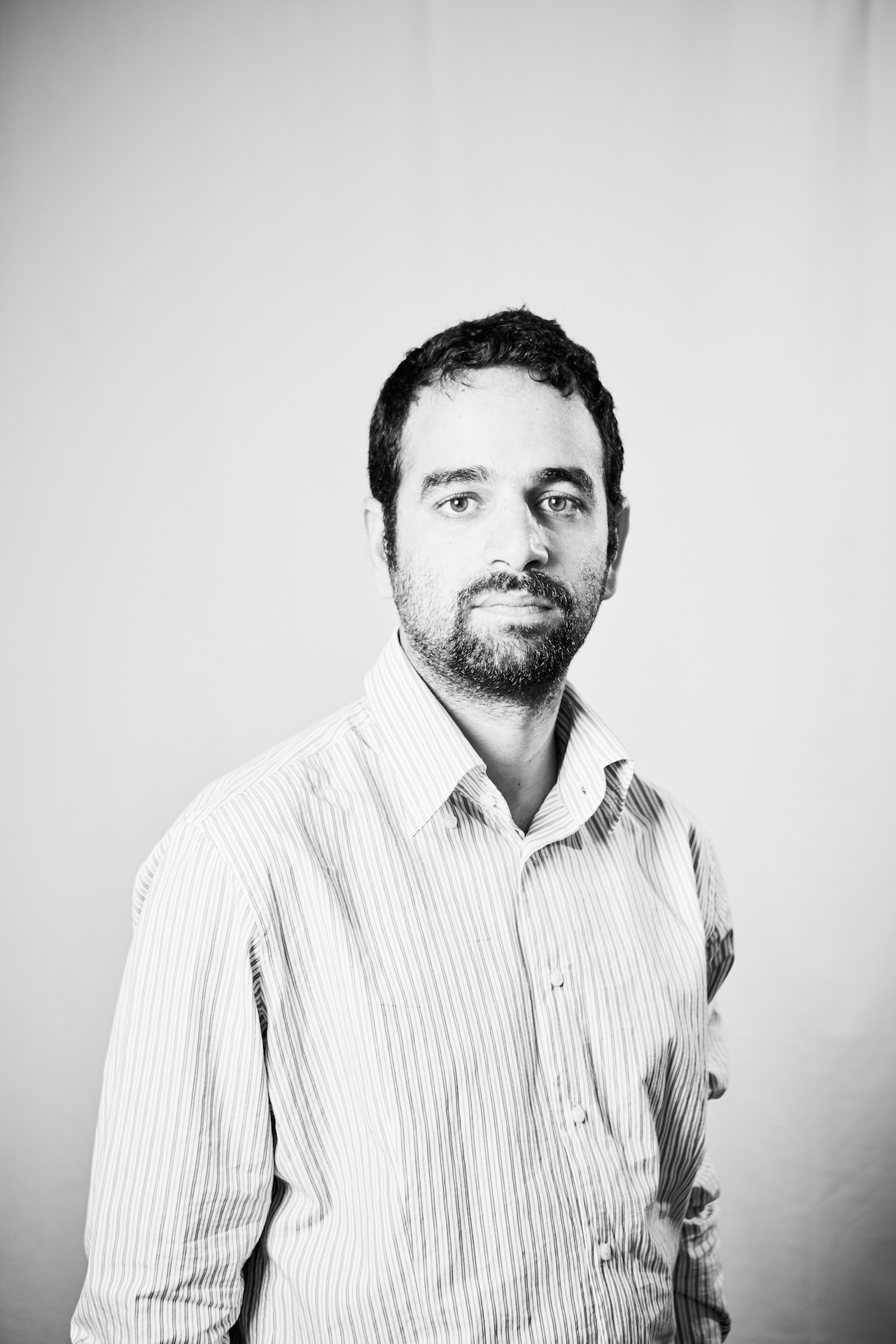

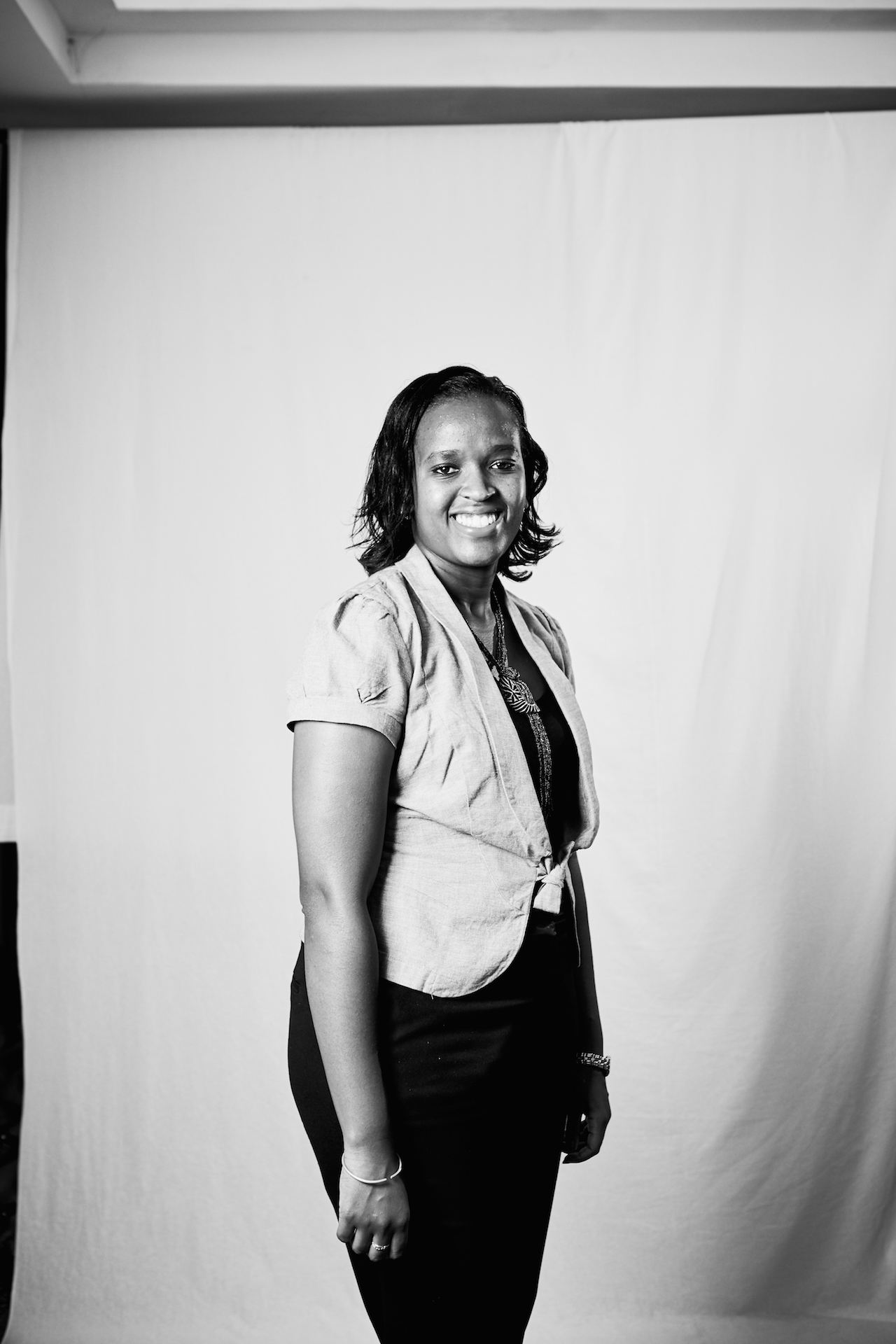






 Tech & Innovation
Tech & Innovation Climate Change
Climate Change Volunteers
Volunteers Health
Health Migration
Migration